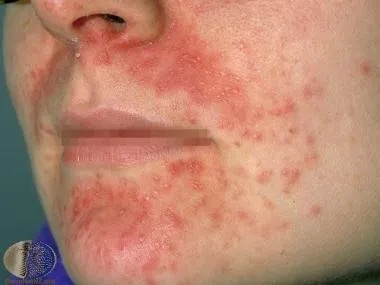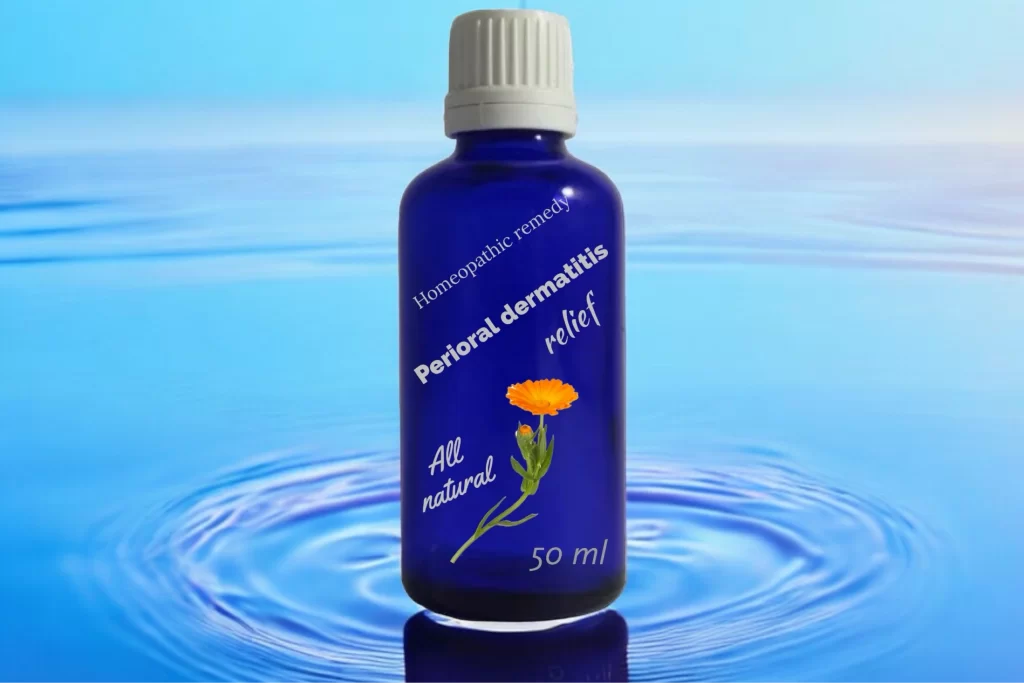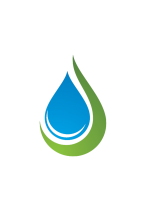If you have ever struggled with persistent redness and bumps around your mouth, you know how frustrating this experience can be. A stubborn skin condition that comes and goes, perioral dermatitis most often affects young women. While doctors offer several treatment options, there is not a clear solution that works for everyone, with relapses being common.
It is understandable then that one would feel disappointed and frustrated after completing a round of treatment, only for symptoms to soon return. For many, this is when they begin to look for a natural, gentle, and lasting solution. Homeopathy for perioral dermatitis can offer a promising alternative. Over the years, homeopathic practitioners have reported encouraging results using carefully selected remedies tailored to each patient’s unique symptoms and underlying causes.
What Is Perioral Dermatitis?
Perioral dermatitis is a harmless but stubborn skin condition that mostly appears around the mouth. It often looks like:
- small red papules or pustules
- pink, scaly patches
- clusters of bumps around the mouth, nose, or eyes
Because it can also affect the skin around the nose and eyes, it is sometimes called periorificial dermatitis. The condition often recurs, with cycles that can last from a few months to several years.

Possible Triggers and Contributing Factors
Although exact causes remain unclear, environmental and lifestyle factors can trigger or worsen perioral dermatitis.
Topical and Inhaled Steroids
Clinical experience shows strong associations between steroid use and the development of perioral dermatitis. The skin may initially improve with the use of steroid creams, but often relapses or worsens once those creams are discontinued. Nasal and inhaled corticosteroids may have similar effects.
Cosmetic and Skincare Products
Some patients link their first flare-up to:
- fluorinated toothpaste
- chewing gum
- moisturisers and foundations used together
- harsh or fragranced skincare products
Hormonal Factors
Flare-ups can occur during:
- perimenopause
- pregnancy
- oral contraceptive use
These patterns suggest a possible link to hormonal fluctuations.
Lifestyle and Emotional Factors
Low frustration tolerance (LFT), chronic stress, and high alcohol consumption can also aggravate symptoms.
Microbial and Environmental Triggers
Some investigations suggest:
- candida albicans
- demodex mites
- heightened photosensitivity
These may predispose individuals to flare-ups or persistent symptoms.
Common Symptoms of Perioral Dermatitis
Patients often report:
- burning, stinging sensations
- intense itching
- dryness or sensitivity to skincare products
- occasional cracking or irritation
- rarely, associated blepharitis (eyelid inflammation)
It’s tempting to scratch the affected skin, but this can make things worse and lead to a risk of scarring.
How Homeopathy Approaches Perioral Dermatitis
Homeopathy considers the whole picture of one’s health, aiming to uncover the root causes. It looks beyond the visible skin symptoms to understand what is truly going on. Figuring out what may have triggered perioral dermatitis is key to prescribing a remedy that is effective.
Once these underlying factors are identified—such as steroid use, hormonal imbalances, or emotional stress—homeopathic detoxification or stabilisation may be required. Only then can deeper treatment begin.
Homeopathic practitioners have reported meaningful, sustained improvement in many patients. These improvements come from personalized homeopathic remedies for perioral dermatitis selected according to each patient’s unique symptom profile.
Homeopathic Remedies for Perioral Dermatitis

Here are a few of the most commonly used homeopathic remedies for perioral dermatitis. Remember, the best remedy for you depends on your unique set of symptoms and overall health. That’s why it is advisable to work with a trained homeopath.
Antimonium Crudum
Useful for:
- small red pimples
- white, thickly coated tongue
- indigestion accompanying skin symptoms
- those whose symptoms worsen in hot weather and may be triggered by alcohol or weight gain.
Graphites
Indicated when:
- pimples emit sticky, thin discharge
- cracked lips
- sensation of cobwebs on the face
- the person may be constipated, experience delayed menstruation, and feel emotionally low, yet better in the open air.
Nux Vomica
A good fit for individuals who:
- drink alcohol excessively
- smoke heavily
- experience stress, overwork, or digestive issues
- have symptoms that usually worsen after consuming cheese or when exposed to strong odours, bright lights, or loud noise.
Pulsatilla
Ideal for:
- women whose symptoms worsen around delayed menstruation
- burning and stinging around the lips, worse in the evening
- sensitivity to rich or fatty foods
- those who often feel cold, are emotional, but prefer fresh, open air and seek emotional comfort.
Sepia
Chosen when:
- pimples worsen with delayed menstruation
- sudden hormonal fluctuations trigger flare-ups
- excessive sugar aggravates symptoms
- the face may appear red and flushed, with itchy spots.
Arsenicum Album
Beneficial for:
- pimples with burning, intense itching, and foul discharge
- symptoms are relieved by warmth but worsened by cold
- the person that is often anxious, restless, and very concerned about appearance.
Ledum Palustre
Used when:
- there are red, pimply eruptions sting when touched
- symptoms improve with cold applications
- symptoms are worse at night or with heat (including warmth of the bed)
- patient is one who consume alcohol excessively.
Hydrastis
Helpful for:
- spots concentrated around the chin
- thick, yellow, viscous discharge
- those with generally unhealthy skin and who esperience excess perspiration
Taking a Holistic, Individualised Approach
While some people do well with conventional treatments, many find themselves stuck in a frustrating cycle of symptoms. If you are looking for a gentler, more individualised path, homeopathy takes a holistic approach and considers your skin along with your emotions, hormones, and daily life.
Because every patient’s symptoms and triggers are unique, the most effective remedy is one that matches the whole person, not just the nature of the skin symptoms.
If you are exploring natural options for long-term relief, consulting a trained homeopathic practitioner can help guide you to the remedy best suited for your needs.
Bio
 Haroon Ashraf is a homeopath based in London, where he offers in-person and online consultations. Haroon specialises in treating skin and gut conditions and allergies. Please visit his homeopathy practice at https://holistichomeopathy.co.uk/ for enquiries and appointments.
Haroon Ashraf is a homeopath based in London, where he offers in-person and online consultations. Haroon specialises in treating skin and gut conditions and allergies. Please visit his homeopathy practice at https://holistichomeopathy.co.uk/ for enquiries and appointments.
